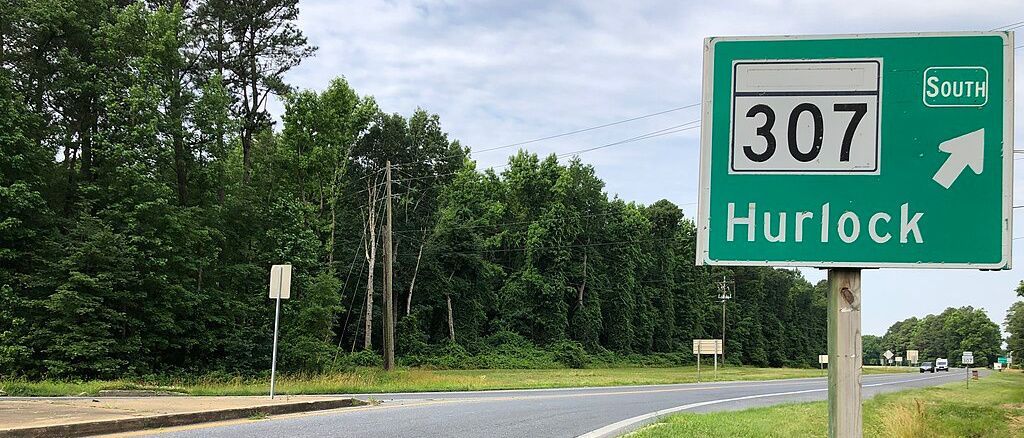Healthcare Solutions: A Collaborative Approach
Big changes are potentially coming to healthcare in the 5 Mid-Shore counties -- Caroline, Kent, Queen Ann, Talbot, and Worcester counties, the area served by the University of Maryland Shore Regional Health network. Legislation passed by the Assembly and just signed by the governor establishes a Mid-Shore Collaborative—a formal regional partnership of health systems, health providers, county health officers and other officials, including a health consumer from each county. Over the next year and a half, the collaborative is to design a new Rural Health system, focusing both on improving traditional healthcare (which mostly means illness care and the fate of small community hospitals) and on improving population health (which primarily means preventive and behavioral health). The collaborative is also designed to align the new system with Maryland’s Medicare Waiver—an agreement with the federal government that is unique to Maryland and that allows the state to experiment with new ways to deliver healthcare and new ways to pay for it. It’s a big assignment, and a lot will depend on the commitment and open-mindedness of the individuals chosen to serve on the collaborative. Interested individuals—especially local health providers and consumers—are now being invited to volunteer.
For Kent County specifically, another piece of legislation requires an audit of health services at Chestertown Hospital, to ensure that Shore Regional Health is living up to its commitment to maintain the full level of promised services through at least 2022.
In addition, other potential ideas being discussed that could improve health outcomes include:
- Community Health Centers that could serve as a one-stop shop for health services and better coordinate care.
- Telehealth services that would enable remote access to doctors and other health professionals—easing the chronic shortage of doctors and specialists in rural Maryland.
- Mobile health units with expanded services that could help overcome the lack of public transportation to reach doctors, hospitals, and pharmacies. Another approach might be an Uber-like on-call health transport system—partially subsidized by state hospital systems—to take people where they need to go to meet health needs.
- In-home care services, provided by lay health workers and nurses that follow explicit protocols, gather patient health data on mobile devices, and are overseen by doctors. Such in-home care services could improve early diagnosis and provide preventive and behavior health services, potentially greatly lowering the overall cost of healthcare by keeping people out of hospitals.
- An expanded community schools healthcare system for children of all ages, providing vaccinations and regular medical, dental, and vision checkups via nurses and visiting specialists.
What will emerge from the collaborative process and other discussions is unclear. Nonetheless, the next couple of years offers both a chance for major improvements and for citizens to participate in shaping those changes.
Common Sense for the Eastern Shore








